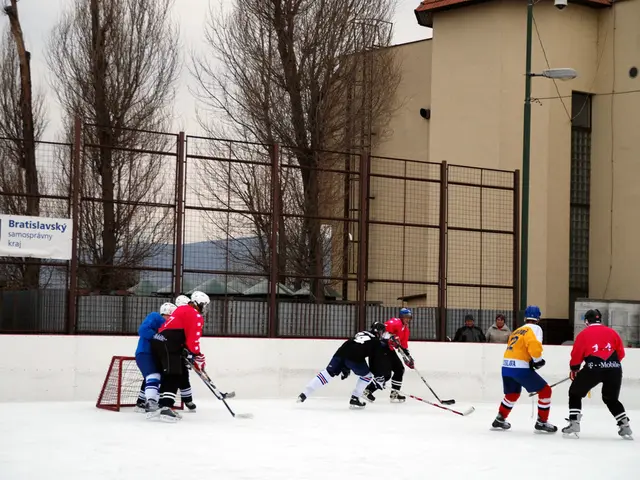Decrease in Arabica Coffee Costs due to Positive Outlook on Brazil's Coffee Harvest
Today's Coffee Market: A Clash of Arabica and Robusta Prices
The coffee market is currently in flux, with July Arabica and July Robusta prices displaying opposite trends. Arabica is down -0.36%, while Robusta is up 2.77%. Let's delve into the factors behind this intriguing dance.
Arabica coffee is under pressure due to above-average rainfall in Brazil. The Minas Gerais region, a significant Arabica producer, received 490% of its historical average in the week ended April 19. This excess rainfall is bearish for Arabica prices, not just for the immediate future but potentially long-term as well.
On the flip side, smaller quantities of Robusta coffee from Vietnam, the world's largest Robusta producer, are propelling its prices upwards. Vietnam's Jan-March coffee exports dropped by -15.3% y/y to 495,780 MT, contributing to the Robusta upward trend.
Global demand for coffee remains a concern. Several major importers, such as Starbucks, Hershey, and Mondelez International, anticipate higher prices and decreased sales volumes due to the US's baseline 10% tariff on imports.
Interestingly, Arabica coffee hit a 2.5-month high on Tuesday, and Robusta posted a 1-month high due to supply fears about a smaller Brazilian coffee crop. Rabobank predicts a -13.6% y/y decrease in Brazil's 2025/26 Arabica crop, while anticipating a +7.3% y/y increase in Robusta production. However, this bullish sentiment for Robusta is tempered by concerns about a potential increase in supply as a result of Brazil's projected 24.7 million bags of Robusta coffee for the 2025/26 season.
The current coffee inventory situation is a mixed bag. ICE-monitored Robusta coffee inventories dropped to a 4-month low, while ICE-monitored Arabica coffee inventories rose to a 2.5-month high.
Robusta coffee receives support from reduced supply, particularly in Vietnam. The 2023/24 crop year saw a -20% decrease in Vietnam's coffee production, leading to a drop in exports for the same period. This trend continues, with the Vietnam Coffee and Cocoa Association reducing its 2024/25 Vietnam coffee production estimate to 26.5 million bags from an initial estimate of 28 million bags.
The USDA's biannual report projects a global increase in coffee production for the 2024/25 season, with a +1.5% rise in Arabica production and a +7.5% increase in Robusta production. However, ending stocks are forecasted to fall by -6.6% to a 25-year low, which may put pressure on both markets.
For the 2025/26 marketing year, Volcafe has revised its estimate for Brazil's Arabica coffee production down to 34.4 million bags. This decrease, coupled with a projected global deficit of -8.5 million bags, suggests a potentially tighter supply situation for Arabica coffee in the coming year.
Disclaimer: The author of this article, Rich Asplund, did not have positions in any of the securities mentioned at the time of publication. The information and data in this article are for informational purposes only.
- The USDA's biannual report forecasts a +7.5% increase in Robusta production for the 2024/25 season, which could contribute to the current upward trend in Robusta coffee prices.
- In contrast, Volcafe has revised its estimate for Brazil's Arabica coffee production for the 2025/26 marketing year down to 34.4 million bags, indicating a potential decrease in supply and further pressure on Arabica prices.
- The severity of the reduction in Vietnam's coffee production during the 2023/24 crop year, with a -20% decrease in Robusta production, has significantly contributed to the support for Robusta coffee prices in the sports of trade.







